At Insightful Value, we go beyond the headlines to uncover companies that may be flying under the radar yet offer long-term upside. Today, we’re diving into Hormel Foods, a household name in the food sector whose stock is trading near multi-year lows. Could this represent a rare entry point for value-focused investors? Let’s break it down.
This analysis is strictly informational and educational—it’s not financial advice. If you appreciate clear, no-nonsense investing insights, consider liking and subscribing to our channel. Now, let’s talk Hormel.
A Century-Plus Legacy and Iconic Brands
Hormel Foods boasts more than 130 years of history, anchored by a portfolio of well-known names that appear in pantries nationwide. From Spam to Skippy, Applegate to Geno, the company blends time-tested staples with newer offerings aimed at evolving tastes.
The business operates across four main segments:
- Grocery Products
- Refrigerated Foods
- International
- Food Service
Its products have traditionally served as a defensive play in portfolios, thanks to steady demand for consumer staples. Yet, despite that reputation, the stock has faced headwinds in recent quarters.
| Brand |
Category |
Notable Marker |
| Spam |
Grocery Products |
Nearly ubiquitous in U.S. homes |
| Skippy |
Grocery Products |
Leading peanut butter brand |
| Applegate |
Refrigerated Foods |
Premium, natural processed meats |
| Geno |
International |
Focus on specialty turkey products |
| Other |
Food Service |
Bulk offerings for restaurants |
Stock Performance and Recent Challenges
Over the past year, Hormel shares have dropped significantly, reflecting a combination of weak earnings performance, cost inflation, and margin pressures. In its latest quarterly report, the company posted flat revenue growth alongside a decline in net income. Operating margins were squeezed by elevated commodity and labor costs, underscoring the impact of macro-headwinds.
Management isn’t standing still. Executives are rolling out cost-cutting measures and targeted pricing strategies designed to stabilize margins. From streamlining supply chains to adjusting promotional activities, the focus is on preserving profitability without alienating value-minded consumers.
Even as results have disappointed, this pullback may represent an attractive setup. For long-term investors, lower share prices could offset near-term volatility, provided the company navigates its challenges effectively.
| Metric |
Recent Result |
Year-Ago Reference |
| Revenue Growth |
Flat |
+1% |
| Net Income |
Declining |
+5% |
| Operating Margin Impact |
Negative (squeezed) |
Neutral |
| Commodity & Labor Costs |
Elevated |
Moderate |
Strong Cash Flow and a Rare Dividend Streak
Despite margin headwinds, Hormel continues generating robust operating cash flow. The company’s most standout feature is its dividend track record—57 consecutive years of increases, one of the longest streaks in the S&P 500. With the current dividend yield above its historical norm, income-oriented investors may find this particularly compelling.
On the balance sheet front, Hormel maintains a manageable debt profile with an investment grade credit rating. That financial flexibility provides a buffer against short-term disruptions and underpins the company’s ability to pursue strategic initiatives.
In the quarter, free cash flow covered both capital expenditures and shareholder distributions with room to spare—a sign that, even in a tougher environment, Hormel can fund growth and reward investors.
Strategic Re-Evaluation and Global Growth
The company recently announced a strategic re-evaluation of its Genoa Turkey business, aiming to streamline operations and shift focus toward higher-margin categories. This review could lead to divestitures or tighter control over product mix, freeing resources for core brands.
International expansion remains on the radar, particularly in Asia and Latin America. With rising food consumption in emerging markets, Hormel’s established infrastructure and brand recognition could help capture market share abroad.
| Initiative |
Objective |
Potential Impact |
| Genoa Turkey Re-Evaluation |
Streamline operations |
Improved margins |
| Cost-Cutting Programs |
Reduce overhead across segments |
Enhanced profitability |
| Pricing Adjustments |
Pass through input cost inflation |
Stabilized margins |
| International Expansion |
Target Asia & Latin America markets |
Revenue diversification |
Industry Headwinds and Consumer Trends
No analysis would be complete without acknowledging the risks. The food industry remains fiercely competitive, with growing pressure from private-label products that often undercut national brands on price. At the same time, consumer preferences are shifting toward fresh, organic, and minimally processed foods—segments where Hormel’s traditional packaged goods may struggle to keep pace.
Rising input costs, from livestock feed to transportation, continue to challenge the margin outlook. Recent attempts to pass higher costs through pricing increases have met mixed results, as some consumers trade down or switch brands rather than absorb the extra expense.
The interplay of these factors has led to murky earnings visibility. While management projects a gradual margin recovery, timing remains uncertain—and prolonged commodity volatility could prolong the pain.
Valuation: A Lower-Than-Average Entry Point
From a valuation standpoint, Hormel stock trades below its historical average multiples. This lower mark reflects investor caution, but for disciplined value investors, it presents the possibility of purchasing a high-quality business at a discount. Key attraction points include:
- A resilient dividend yield above long-term norms
- A deep portfolio of established brands
- Management’s focus on operational efficiencies
However, patience may be required. Margin restoration could take several quarters, and broad market sentiment around consumer staples can be slow to turn.
| Factor |
Status |
Investor Takeaway |
| Valuation vs. History |
Below historical average |
Potential value entry point |
| Dividend Yield |
Higher than usual |
Attractive for income focus |
| Brand Portfolio |
Strong, diverse |
Defensive characteristic |
| Margin Recovery Timeline |
Uncertain |
Requires patience |
Our Take: Buy, Hold, or Sell?
We believe Hormel Foods offers a compelling risk-reward profile for patient, income-oriented value investors. The stock’s pullback has created a buying opportunity not seen often in well-established consumer staples names. The combination of a long dividend growth streak, solid cash flow generation, and a strategic pivot toward margin improvement argues for capitalizing on current prices.
That said, the hurdles from input cost inflation and shifting consumer tastes cannot be ignored. If you’re comfortable waiting for a margin recovery and seeking yield, we see Hormel Foods as a buy today. If you prefer greater near-term earnings visibility or lean toward faster-growing food names, you may opt to hold off.
For more on Hormel Foods and other undervalued opportunities, visit insightfulvalue.com. Don’t forget to like and subscribe so you never miss our latest deep dives.
https://youtu.be/nALDF9jj75I?si=p7i093oKEXZ9cmBm
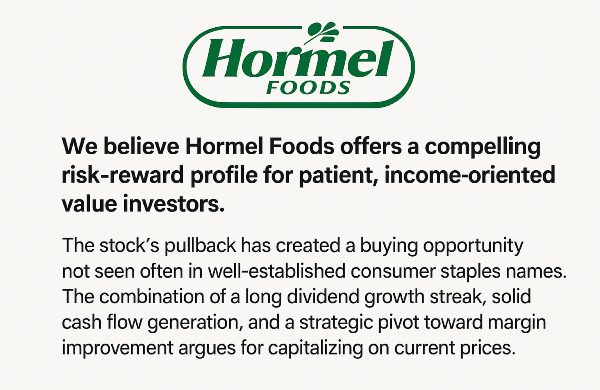

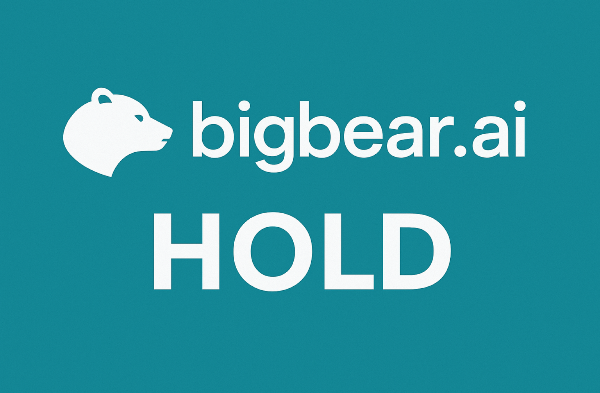


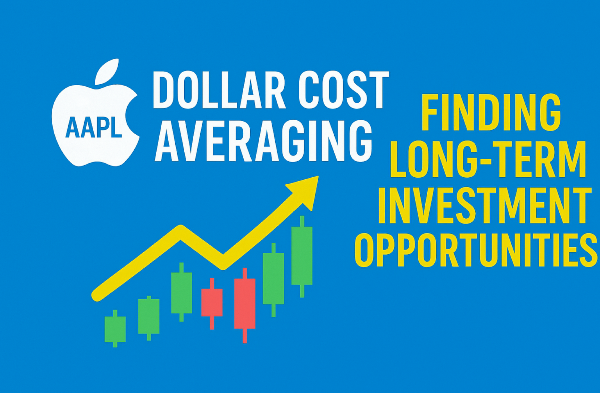






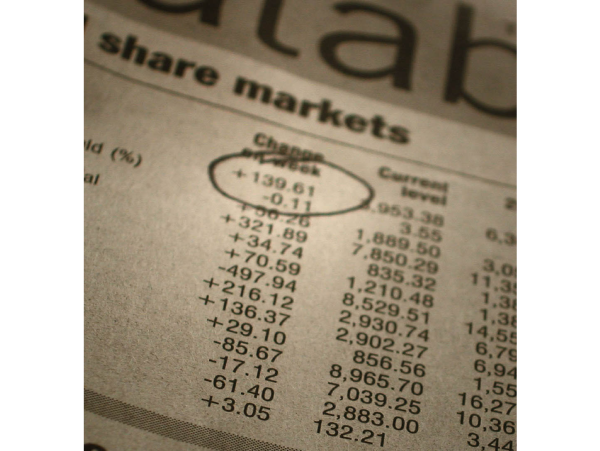





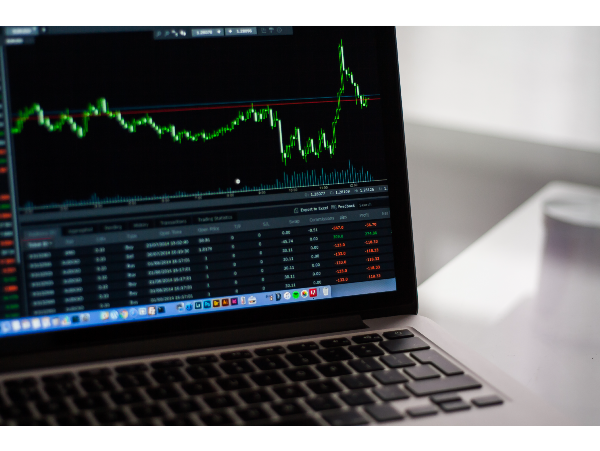











At Insightful Value, we go beyond the headlines to uncover companies that may be flying under the radar yet offer long-term upside. Today, we’re diving into Hormel Foods, a household name in the food sector whose stock is trading near multi-year lows. Could this represent a rare entry point for value-focused investors? Let’s break it down.
This analysis is strictly informational and educational—it’s not financial advice. If you appreciate clear, no-nonsense investing insights, consider liking and subscribing to our channel. Now, let’s talk Hormel.
A Century-Plus Legacy and Iconic Brands
Hormel Foods boasts more than 130 years of history, anchored by a portfolio of well-known names that appear in pantries nationwide. From Spam to Skippy, Applegate to Geno, the company blends time-tested staples with newer offerings aimed at evolving tastes.
The business operates across four main segments:
Its products have traditionally served as a defensive play in portfolios, thanks to steady demand for consumer staples. Yet, despite that reputation, the stock has faced headwinds in recent quarters.
Stock Performance and Recent Challenges
Over the past year, Hormel shares have dropped significantly, reflecting a combination of weak earnings performance, cost inflation, and margin pressures. In its latest quarterly report, the company posted flat revenue growth alongside a decline in net income. Operating margins were squeezed by elevated commodity and labor costs, underscoring the impact of macro-headwinds.
Management isn’t standing still. Executives are rolling out cost-cutting measures and targeted pricing strategies designed to stabilize margins. From streamlining supply chains to adjusting promotional activities, the focus is on preserving profitability without alienating value-minded consumers.
Even as results have disappointed, this pullback may represent an attractive setup. For long-term investors, lower share prices could offset near-term volatility, provided the company navigates its challenges effectively.
Strong Cash Flow and a Rare Dividend Streak
Despite margin headwinds, Hormel continues generating robust operating cash flow. The company’s most standout feature is its dividend track record—57 consecutive years of increases, one of the longest streaks in the S&P 500. With the current dividend yield above its historical norm, income-oriented investors may find this particularly compelling.
On the balance sheet front, Hormel maintains a manageable debt profile with an investment grade credit rating. That financial flexibility provides a buffer against short-term disruptions and underpins the company’s ability to pursue strategic initiatives.
In the quarter, free cash flow covered both capital expenditures and shareholder distributions with room to spare—a sign that, even in a tougher environment, Hormel can fund growth and reward investors.
Strategic Re-Evaluation and Global Growth
The company recently announced a strategic re-evaluation of its Genoa Turkey business, aiming to streamline operations and shift focus toward higher-margin categories. This review could lead to divestitures or tighter control over product mix, freeing resources for core brands.
International expansion remains on the radar, particularly in Asia and Latin America. With rising food consumption in emerging markets, Hormel’s established infrastructure and brand recognition could help capture market share abroad.
Industry Headwinds and Consumer Trends
No analysis would be complete without acknowledging the risks. The food industry remains fiercely competitive, with growing pressure from private-label products that often undercut national brands on price. At the same time, consumer preferences are shifting toward fresh, organic, and minimally processed foods—segments where Hormel’s traditional packaged goods may struggle to keep pace.
Rising input costs, from livestock feed to transportation, continue to challenge the margin outlook. Recent attempts to pass higher costs through pricing increases have met mixed results, as some consumers trade down or switch brands rather than absorb the extra expense.
The interplay of these factors has led to murky earnings visibility. While management projects a gradual margin recovery, timing remains uncertain—and prolonged commodity volatility could prolong the pain.
Valuation: A Lower-Than-Average Entry Point
From a valuation standpoint, Hormel stock trades below its historical average multiples. This lower mark reflects investor caution, but for disciplined value investors, it presents the possibility of purchasing a high-quality business at a discount. Key attraction points include:
However, patience may be required. Margin restoration could take several quarters, and broad market sentiment around consumer staples can be slow to turn.
Our Take: Buy, Hold, or Sell?
We believe Hormel Foods offers a compelling risk-reward profile for patient, income-oriented value investors. The stock’s pullback has created a buying opportunity not seen often in well-established consumer staples names. The combination of a long dividend growth streak, solid cash flow generation, and a strategic pivot toward margin improvement argues for capitalizing on current prices.
That said, the hurdles from input cost inflation and shifting consumer tastes cannot be ignored. If you’re comfortable waiting for a margin recovery and seeking yield, we see Hormel Foods as a buy today. If you prefer greater near-term earnings visibility or lean toward faster-growing food names, you may opt to hold off.
For more on Hormel Foods and other undervalued opportunities, visit insightfulvalue.com. Don’t forget to like and subscribe so you never miss our latest deep dives.
https://youtu.be/nALDF9jj75I?si=p7i093oKEXZ9cmBm